The Renaissance Era: A Guide to the Era, Important People, Theater, and Art
Many people thought the world would end when the Black Death decimated Europe and Asia. To everyone’s surprise, the world kept going, and culture experienced a rebirth. In Europe, that rebirth was called the Renaissance.
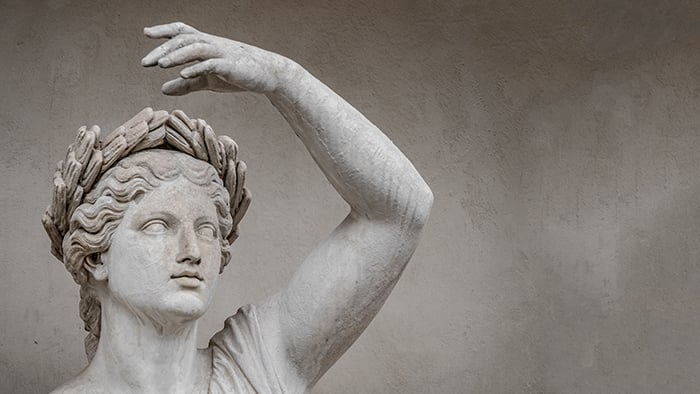
Background of the Renaissance Era
The Renaissance (approximately 1300-1600) was a boom of artistic and scientific learning in Europe. Although the Dark Ages were not truly as dark as the name implies, the Renaissance was a rebirth for scholars and artists as they embraced new ideas and rediscovered classic philosophy, literature, and science.
The bubonic plague killed so many people that it changed the social status of manual laborers and artisans. Overpopulated areas suddenly didn’t have enough hands to do the work. Everyone had to stop and rethink how they lived their daily lives, how they would plan for the future, and what value an individual possessed.
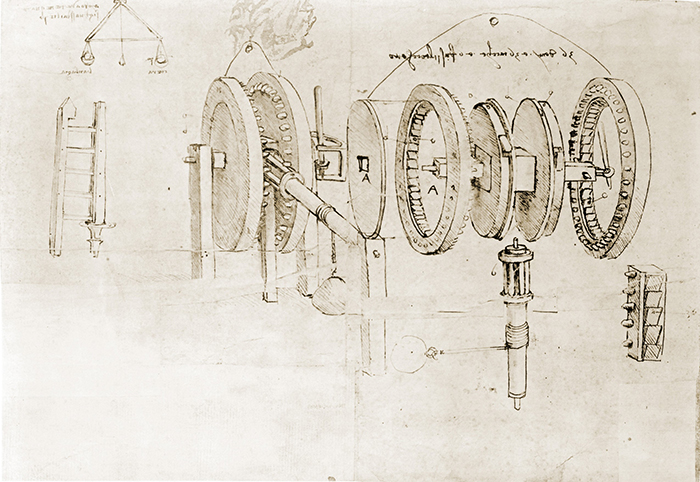
Influential Renaissance People
In Italy, the birthplace of the Renaissance, the land was divided into city-states ruled by important families. Although they did not rule their home city of Florence, the Medici family played a huge role in its renewal by funding and serving as patrons for some of the era’s most talented artists. Florence would look very different without the Medicis’ vision and investments in progress.
A lot of things changed in the Renaissance, including religion. The Reformation, the religious movement that led to Protestantism, began with a man named Martin Luther, who was tired of corruption in the Catholic Church. He especially disliked the sale of indulgences, certificates worshipers could buy from the Church to forgive their sins. Luther’s writings and ideas heavily influenced several new religious orders, including the Church of England.
King Henry VIII of England couldn’t have a son with his first wife, and when the pope refused to grant him a divorce, he founded his own church instead. Naturally, this church gave him the divorce he wanted, and while his subsequent marriage did not turn out well, England’s new Protestant church was here to stay.
The reign of Queen Elizabeth I, Henry VIII’s daughter, marked the end of the English Renaissance. She is considered one of England’s greatest rulers. Not only did she protect England from the Spanish armada, the greatest naval power in the world at that time, but she also fostered a fairly tolerant society.
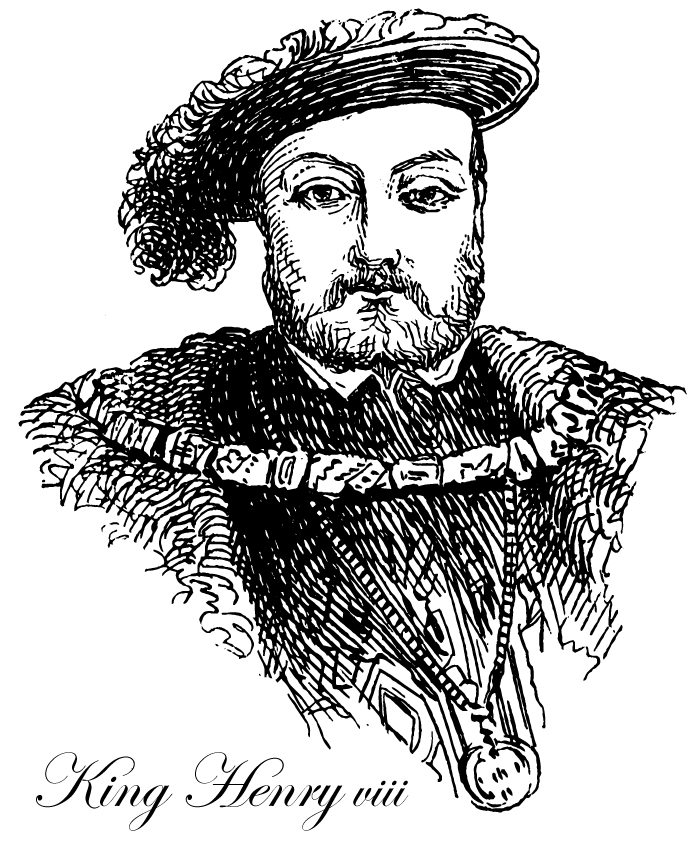
Renaissance Theater
The theater of Shakespeare and his fellow playwrights wasn’t the clean, civil experience we have at the theater today. The audience was rowdy, loud, and happy to let the actors know if they didn’t like the show.
Although the worst of the plague had already swept through Europe, it and other highly contagious diseases returned several times, and a public theater like the Globe, where Shakespeare’s plays were performed, had to shut down repeatedly for public safety. Performers also had to deal with heavy censorship.
Traveling groups of performers were popular with whoever had the money to host them. While most social classes had to watch bawdy shows at the Globe or morality plays on public stages, wealthy elites could enjoy performances in their own homes.
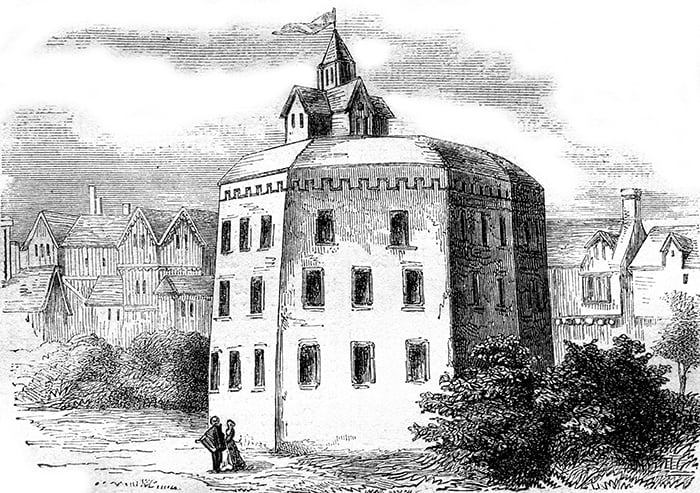
Renaissance Art
Medieval art focused on icons and ideal forms. Realistic details simply didn’t matter as much to the artists; after surviving what many thought would be the end of the world, people rethought how they saw the entire universe. Paired with the rediscovery of ancient Roman and Greek art, literature, and culture, this led to the development of Humanism, the idea that the individual has value on their own and is worth attention and study. These ideas appear in the work of Renaissance masters like Leonardo da Vinci, Botticelli, and Michelangelo.
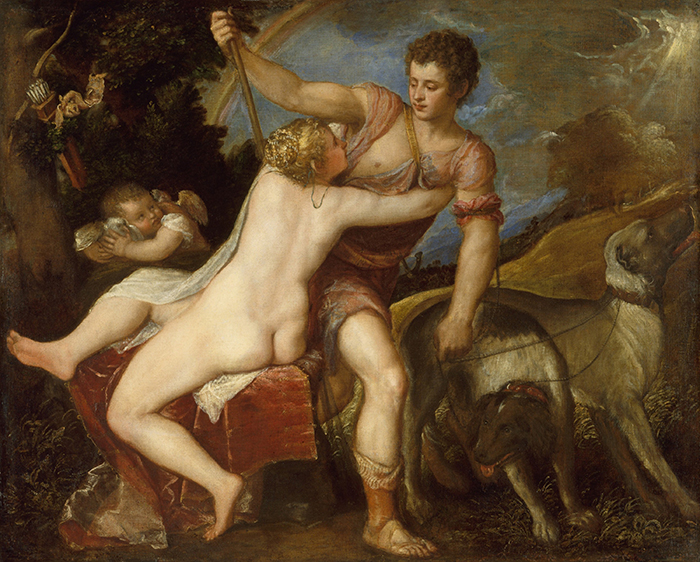
How Did the Renaissance Era End?
The Renaissance began thanks to shaken ideologies, an elite class that could fund private art projects, and the rediscovery of ancient civilizations. It ended because those reborn ideas became standard, and fresh concepts grew out of them during the Enlightenment. Europeans were now focused on the New World and using new shipping lanes that shifted power and wealth to different regions.
Many ideas and passions from the Renaissance still influence us today. Actors, writers, and audiences still adore Shakespeare’s work, people travel from all over the world to see da Vinci’s art, and humanism laid the foundation for concepts like human rights and equality that we’re still perfecting. So in a way, the Renaissance didn’t entirely end: It just changed along with the people.
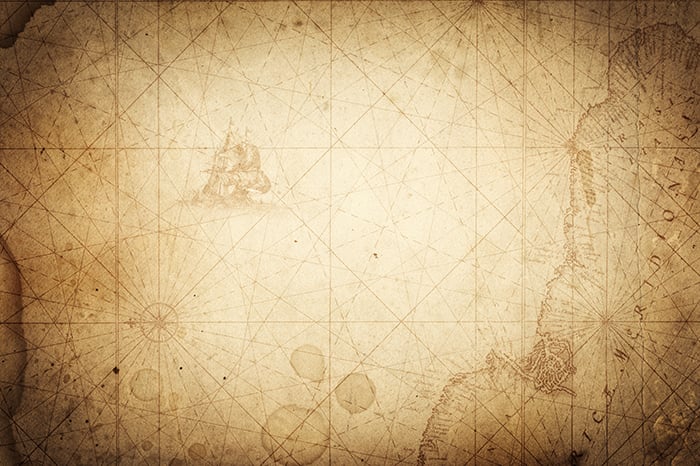
Home Theater Seating
- Cheap Theater Seating
- Theaterstore Com
- One Theater Chair
- Buy Octane Seating
- Commercial Cinema Recliners
- Clearance Home Theater Chairs
- Elevated Back Row Theater Seating
- 5 Theater Chairs Prices
- Wall Away Recliners
- Non Leather Movie Chairs
- Home Theater Seating Grey
- Recliner Theater Seats
- Man Cave Sectional Couch
- Recliners Leather For Sale
- Leather Recliner Chair For Sale
- Comfortable Leather Seats
Brands, Decor & Accessories
- Buy Auditorium Chairs
- Diamond Theater Chairs
- Black Leather Italian
- Azure Octane Chairs
- Leather Theater Seating Navy
- Gray Theater Seating
- Red Leather Theater Seat
- Bonus Room Theater Ideas
- Angled Theater Seating
- Home Movie Theater Stuff
- Xxl Theater Seats
- $700 Recliners
- Movie Theater Art
- Oversized Massage Couches
- White Leather Modern Sofa
Top Pages
- Cinema Room Cost
- 4Pcs Recliner
- Home Theater Seating Grey
- Blue Leather Individual Recliner
- Leather Chairs For Movie Watching
- Recliner Reviews Best Brand
- Home Theater Room Rug
- Find Red Leather Recliner
- Recliner Weight Capacity 400lb
- Octane Flex Hr
- Wall Friendly Recliners
- Big Couch Sectional
- Leather Modern Loveseat
- Black Recliner Chair
- Man Cave Furniture For Sale

